Ethnobotany is the study of how humans and plants have always shaped each other’s stories. For thousands of years, people turned to roots, leaves, and fungi not just for survival, but for endurance, healing, and strength. Shamans, healers, and warriors noticed how certain plants could steady the nerves, restore energy, or help the body recover after long hunts or battles. This was never framed as “medicine” in the modern sense, it was about tapping into nature’s hidden allies. Across cultures, people realized some plants had the power to make them feel, well… a little super human.
The term adaptogen came much later. In the mid-20th century, Soviet scientists coined it while studying substances that could help the body adapt to stress and return to homeostasis. They looked around the world and traced history: What plants and mushrooms had humans relied on for resilience? In Siberia, communities chewed on Rhodiola to endure harsh winters. In China, Reishi was revered as the mushroom of immortality. And in the high Andes, the Incas and other peoples turned to Maca root. They chewed the raw root or drank it as a tonic before battle to boost stamina, endurance, and recovery. What modern science would one day call “adaptogens” were, in fact, already woven into the rituals and survival strategies of countless cultures.
So the story of adaptogens is both ancient and modern. It is about folk knowledge becoming scientific inquiry, and about our ongoing desire to push the limits of what the human body can do. From warriors chewing on maca before combat to cosmonauts and Olympic athletes tested on Rhodiola in the Cold War, these plants have always been about more than health. They are about balance, resilience, and performance. They remind us that nature is full of tools for becoming more adaptable, more alive, and sometimes even more than human 👽

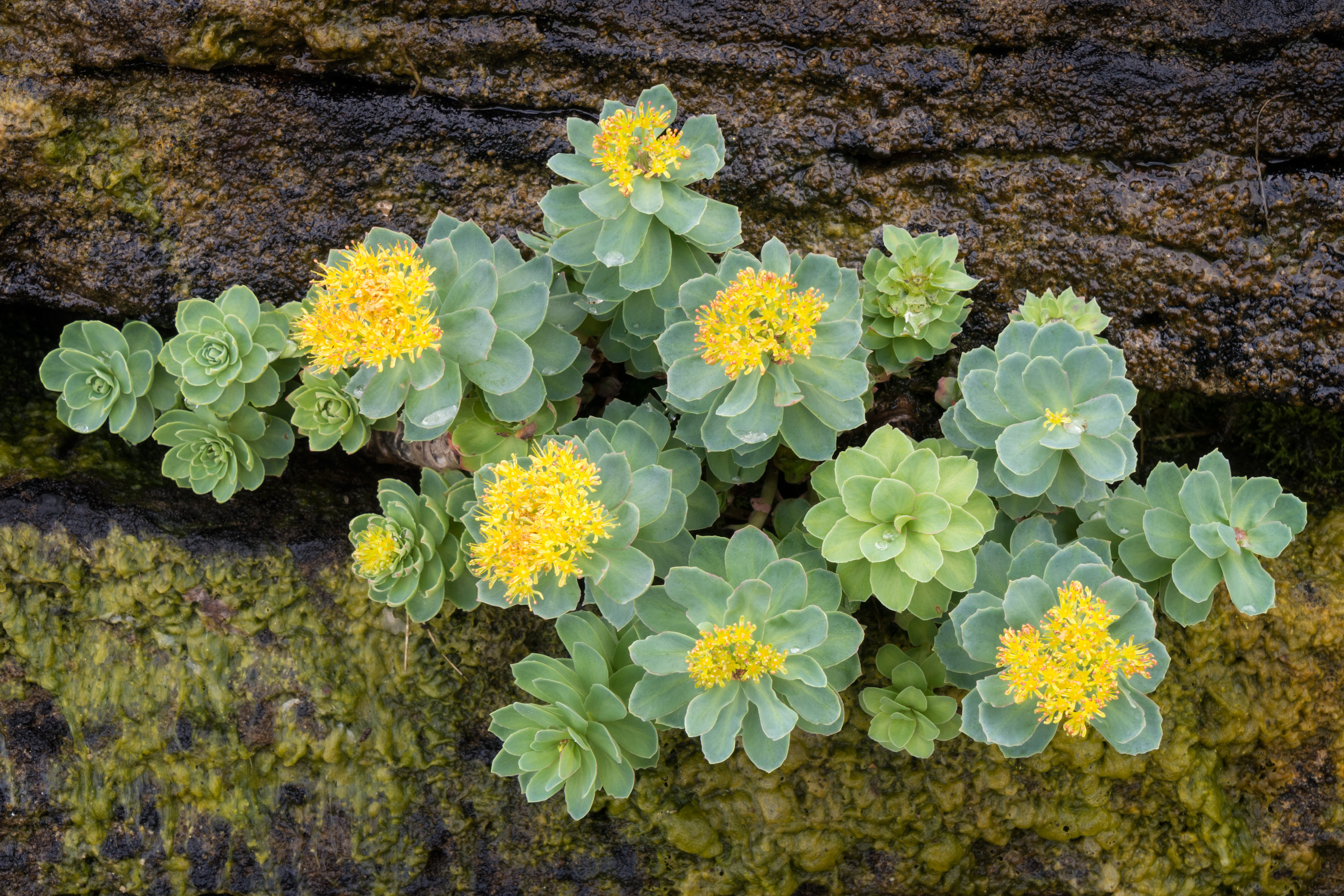






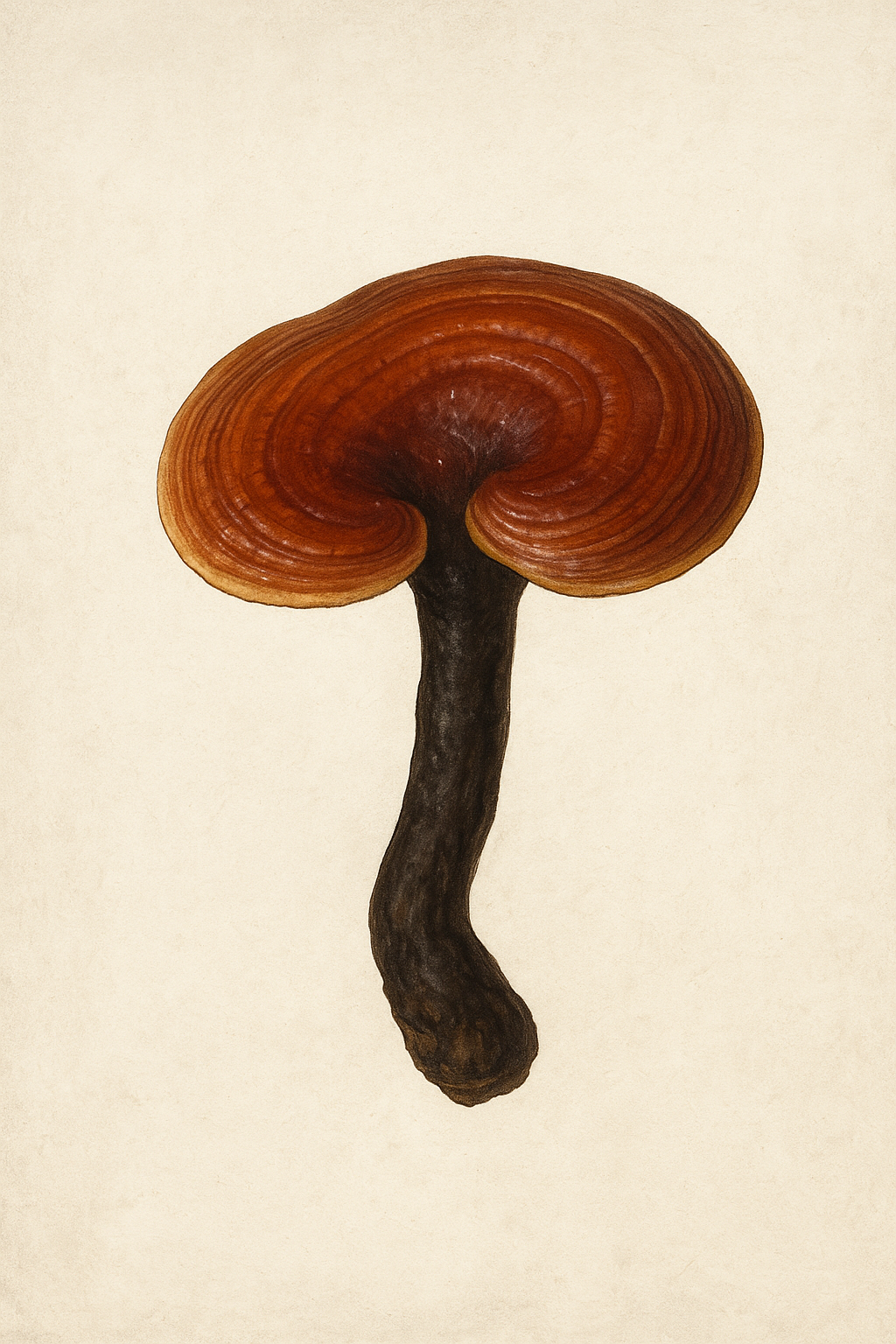
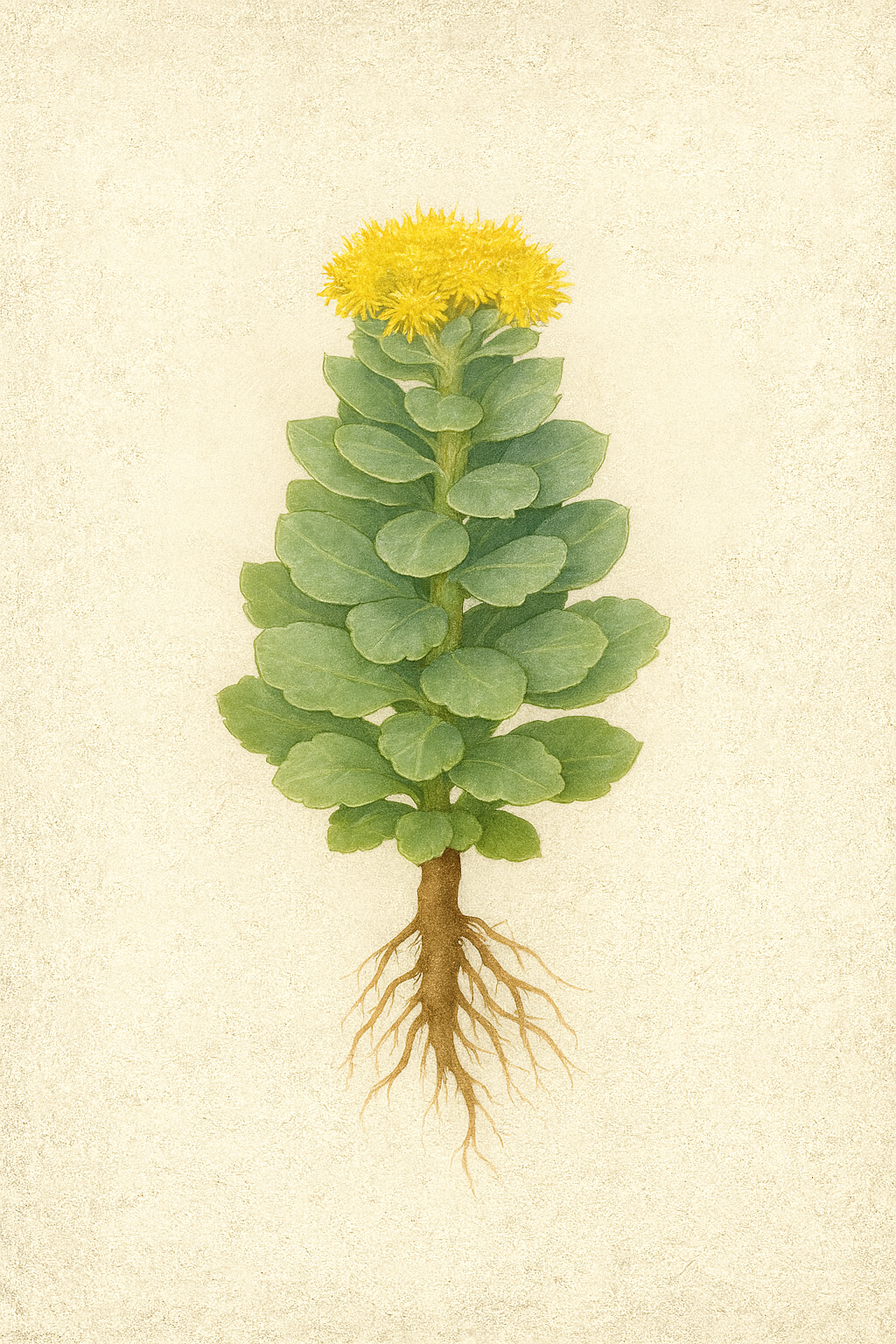
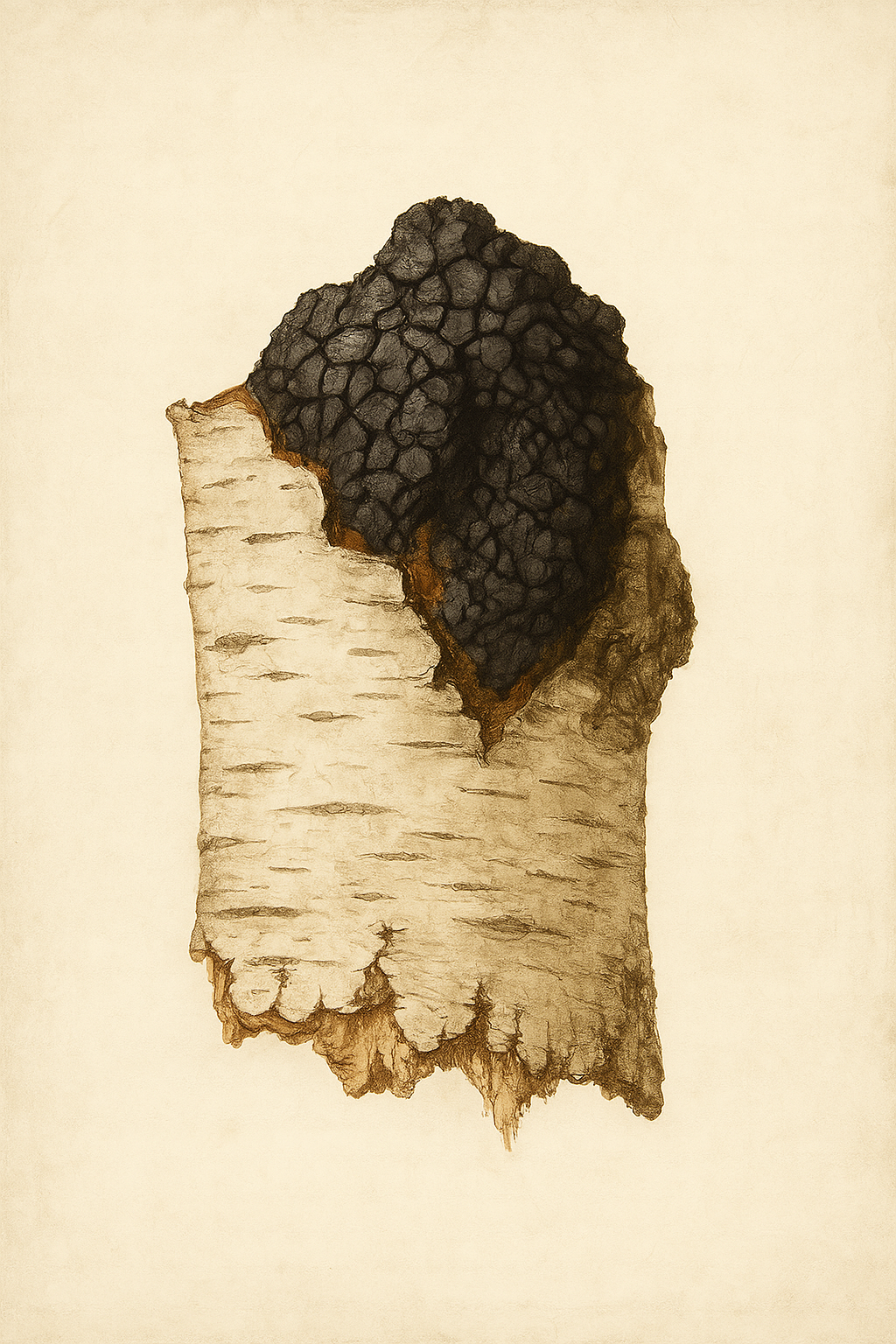
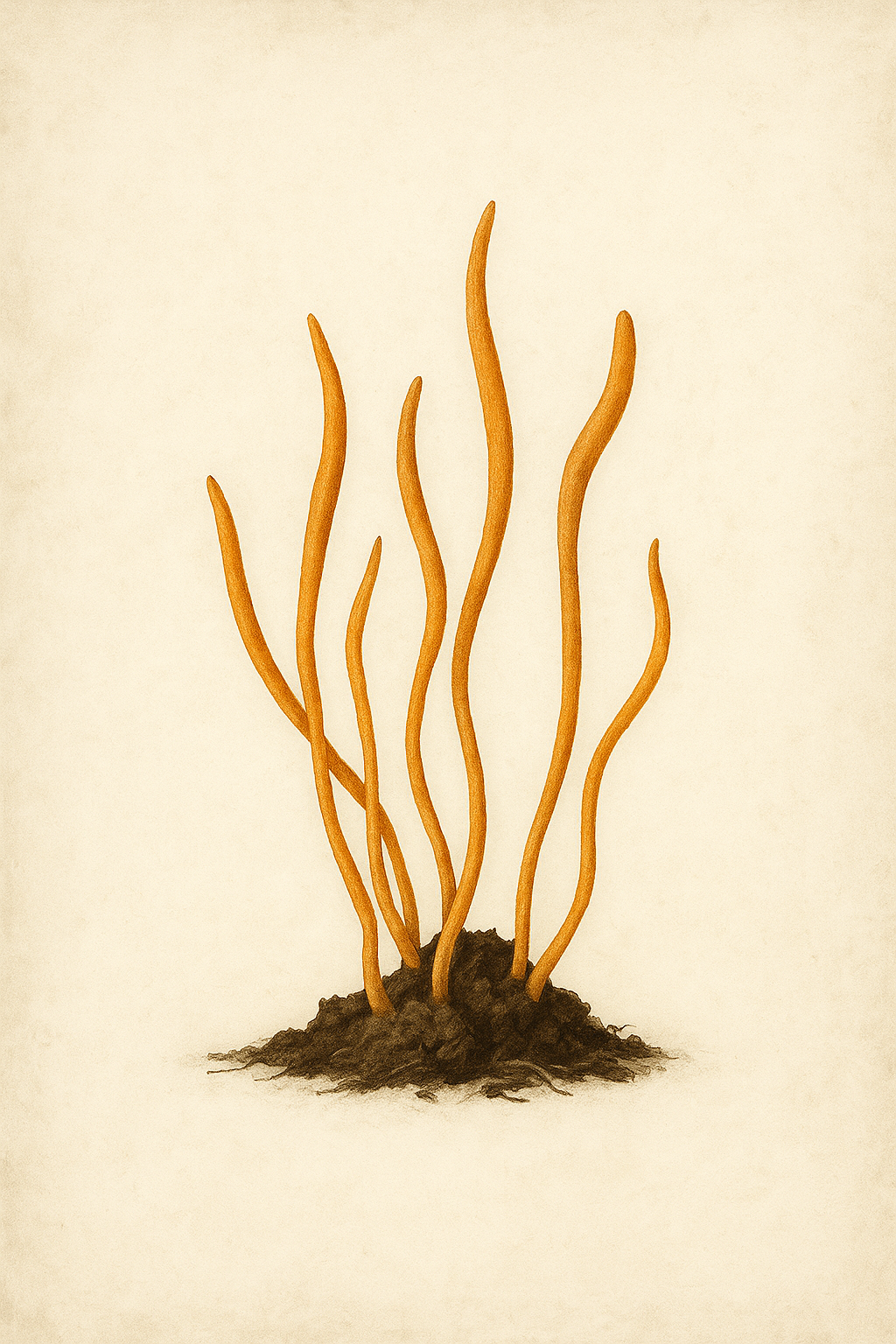
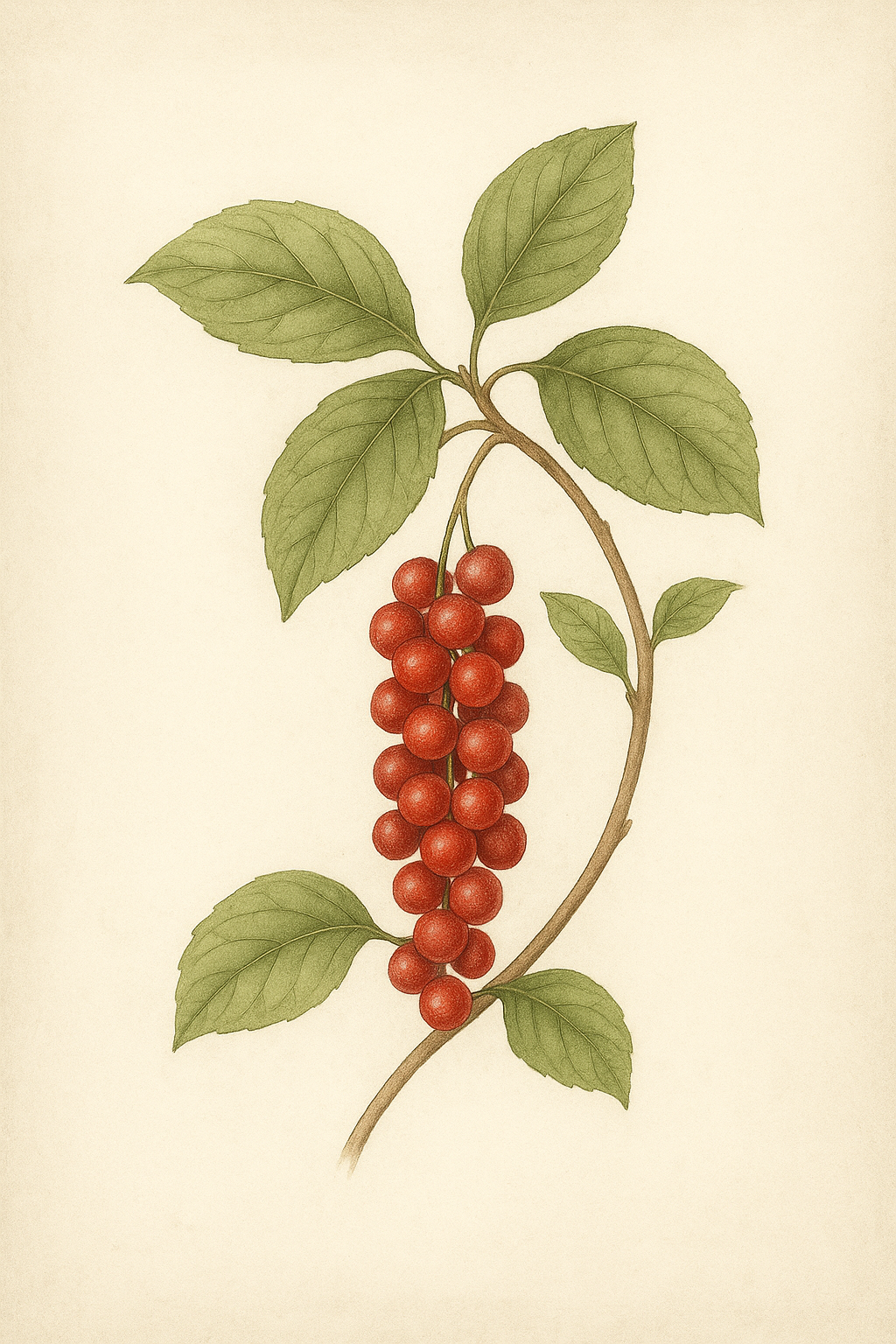
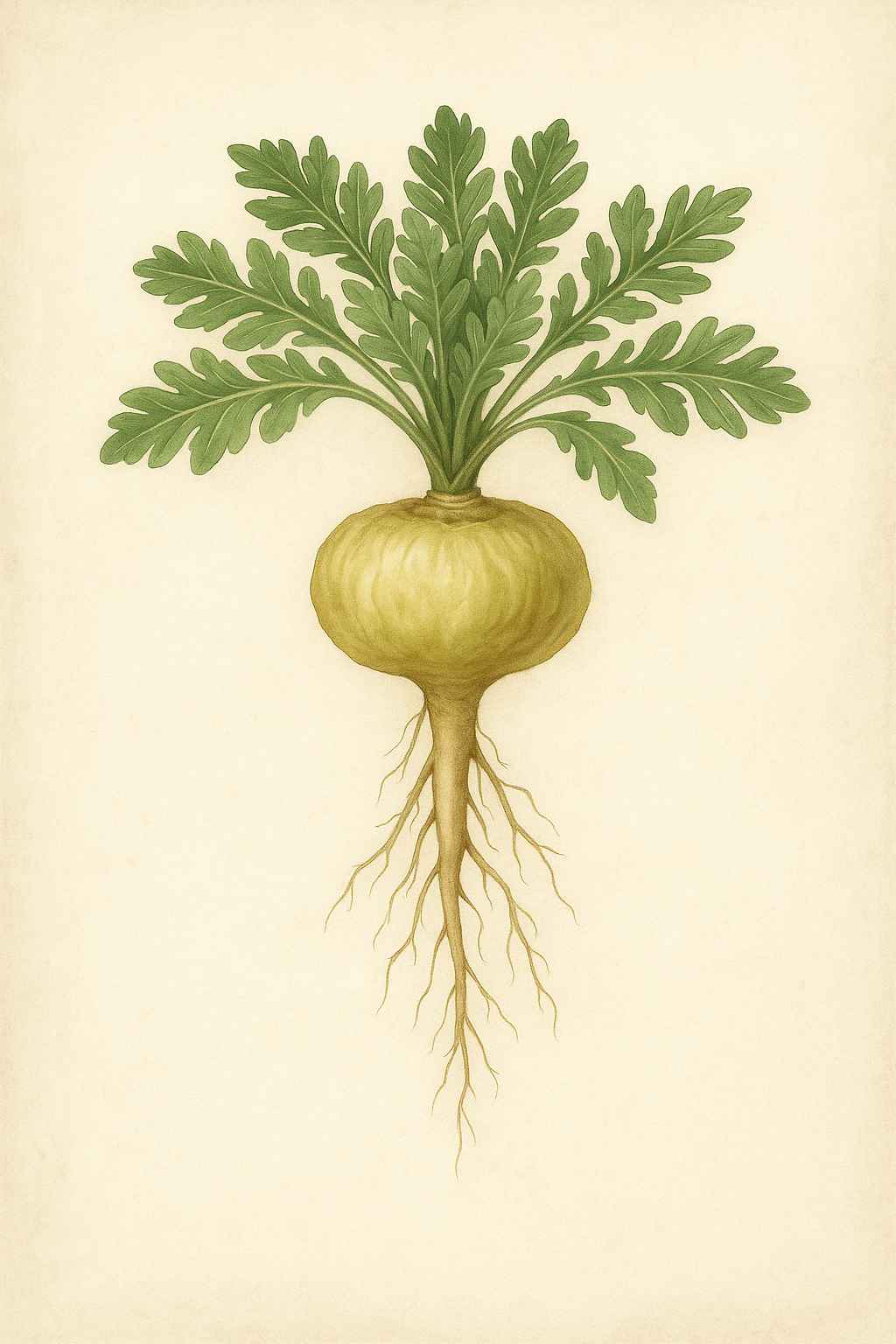
Comments